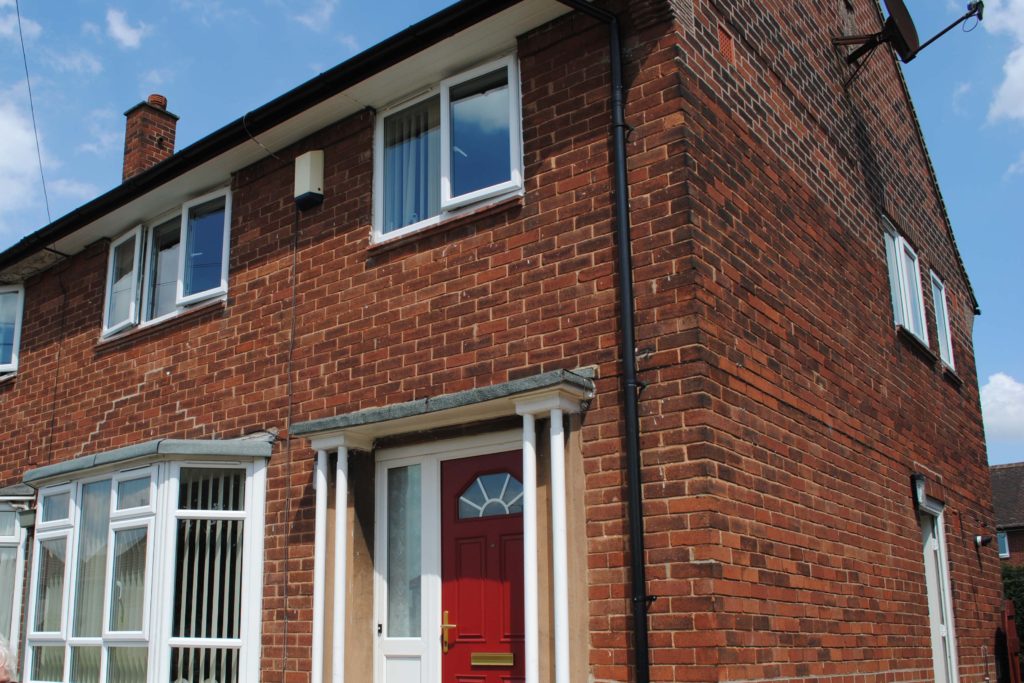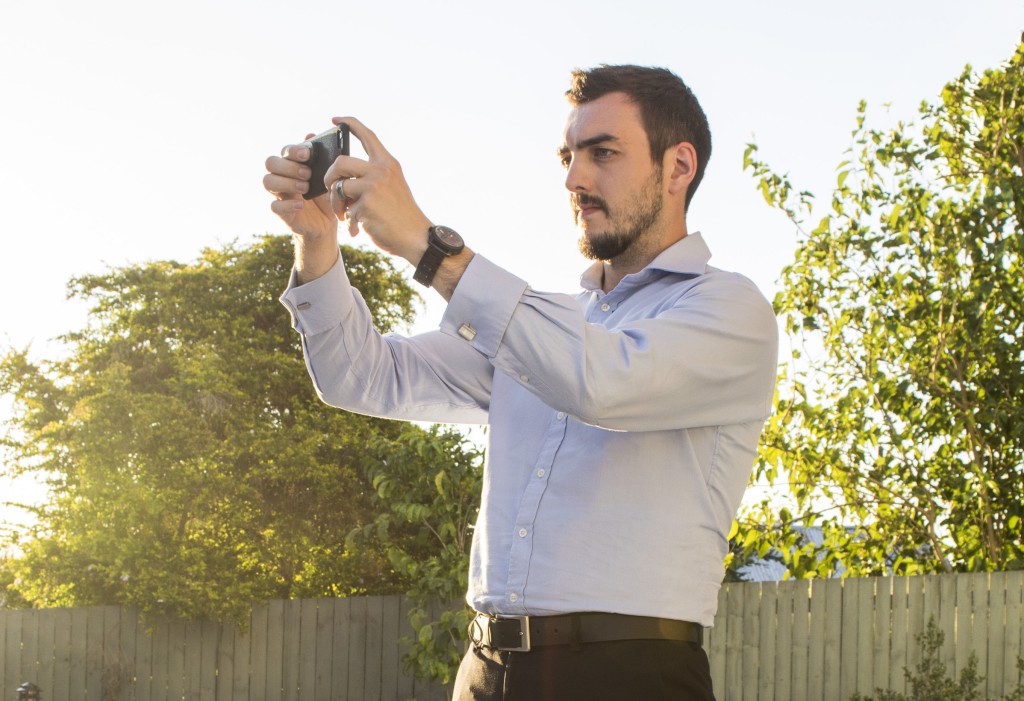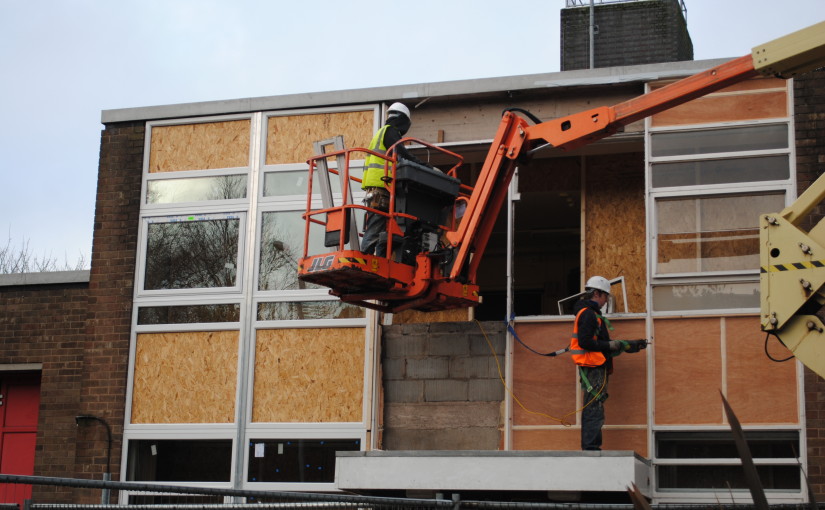According to the Q4 2016 Global PropTech Confidence Index prepared by MetaProp NYC, there are signs that both investors and the chief executives of start-ups are increasingly optimistic about technology adoption in the property and construction industry (http://bit.ly/2kauGOK).
These professions are obliged to familiarise themselves with new practices and technology. However, if that technology is something that could make you obsolete, you may think differently.
Automating surveying
This is not science fiction. The use of artificial intelligence (AI) is happening now, and adoption will accelerate in a way that has already been witnessed with earlier technologies: the replacement of horses with cars, home computers with mobile devices and 20 human cashiers with one who oversees 20 self-service tills. Indeed, earlier this year, Amazon introduced a high-street grocery store in Seattle, USA, that has no cashiers.
So think for a moment what it might take to automate the building surveyor’s role.
● A database: this would comprise building defects, building archetypes, corresponding diagnoses and costs.
● Image collection: laser scanners can model whole elevations of a building and the rooms inside, while drones can methodically photograph the entire exterior of a property, including the roof you cannot reach in person. (Image: A ‘point cloud’ – a 3D model that has been created by an aerial drone taking hundreds of images, and software which is able to relate the imagery to datum points to provide a measurable model. Image credit: Kennedy Surveying Pty Ltd)
● Image recognition: not only can Google’s search engine recognise images that you provide, the tech giant has developed a neural network that learns to recognise your doodles. If you sketch a fish, it will tell you before you have finished that you are drawing such a creature (http://bit.ly/2klSHo5).
● Document review: web robots (bots) – a software application that runs automated tasks over the Internet – can already review millions of documents and emails instantly on behalf of lawyers, extracting key terms or identifying missing information.
Even though these applications all exist in some form already, they have not yet been put together to automate a building surveyor’s role, however.
There are companies whose mission is enabling such automation. One company has created a smart hospital using existing data sets and a machine-learning algorithm to predict failure of heating, ventilation and air conditioning (HVAC) services (http://bit.ly/2kIOetq), which could spell the end of HVAC consultants.
You may have already spotted the glaring hole, though: building surveying – or more specifically building pathology – is not limited to routine tasks involving explicit rule-based activities.
Malcolm Hollis muses in his book Building Surveying that “surveying buildings is an art; verifying the cause of the failure is a science. The surveyor’s work involves a combination of both the art and the science.” Arguably the science element can be automated; the art part, however. is not just about looking, but about seeing what is there and what is missing. As surveyors, we apply our experience and form a holistic view of the problems. This is where AI comes in.
Artificial intelligence
Talented programmers can code bots to teach themselves how to do the things they can never be coded to do. Put simply, a bot is provided with correct examples of a given scenario and is then able to figure the rest out itself, a process also known as machine learning.
This is how bots have been able to trade stock on the stock market and vehicles have been able to drive themselves. Data is showing that self-driving cars are starting to require less human help (http://bit.ly/2ksw4Ph); at the current rate cars are learning, Google believes that using them in the public domain as soon as 2018 is a realistic possibility.
Meanwhile, after doctors were unable to diagnosed a Japanese leukaemia patient correctly, IBM’s AI, Watson, managed to do so. Watson is programmed to understand natural language and return an accurate diagnosis. Like other medical bots, Watson can access terabytes of data representing the experience of many doctors, is able to parse it and add its own experience to the data set.
If AI can beat doctors as diagnosticians, it is probable that AI can be just as good as a building pathologist. What about when it goes wrong? AI has a dark side; algorithms can make bad decisions with serious consequences such as military drones killing innocent people. In 2018, EU member states and the UK will adopt new legislation that governs how AI can be used.
Early drafts of the EU’s General Data Protection Regulation, which was adopted by European Parliament to protect “all individuals in the EU” in April 2016, enshrined what is called a “right to explanation” in law, “whereby a user can ask for an explanation of an algorithmic decision that was made about them.”
How different is this to a human being assumed innocent until proven guilty? Inevitably, AIs and their respective human creators will be held just as accountable as humans are when something goes wrong. California’s Department of Motor Vehicles has been developing regulations for a number of years now that will govern self-driving cars when they are eventually made available to the public.
Building surveyors often find themselves providing recommendations on which a client will rely to make financial decisions; at times, these involve considerable investment. We also identify risks and advise on safety matters that mitigate loss of life caused by building failure. Can we rely on AI when there are such high stakes?
But all AI has to do is have a lower failure rate than a human. Self-driving cars have driven millions of miles in the USA without a fatality. Although a driver died inside an autopiloted Tesla Model S in 2016, Tesla maintained that this was not primarily a self-driving car; in contrast 35,000 people lost their lives in the USA as a direct result of humans driving cars in 2015. Put clinically, in certain scenarios where all risks are considered, AI could be considered to be still more economical and safe than relying on a human or even 10 humans.
Economics always wins
Carl Frey and Michael Osborne’s 2013 paper “The future of employment: How susceptible are jobs to computerisation?” ranks occupations from least to most computerisable. Recreational therapy ranks first, with a probability of 0.0028 of being computerised. The closest surveying discipline in the list ranks 635th out of 702 occupations tested, with a probability of 0.96 of being computerised (http://bit.ly/2klhWXL).
The question of impending automation is ultimately an economic one. It is not always a case of whether it is merely possible to create a robot to do a job, but whether the value minus cost of the robot exceeds the value minus the cost of the human labourer.
With testing and adoption on the increase, automation seems more and more inevitable, as its economic sense is proven by the industries leading the charge. AI does not require sleep and has a cheaper lifecycle cost than a lifetime salary. Not only can it work faster than you, it can make correlations that would be impossible to find otherwise.
Prepare for change
People used to think chess was a game that humans alone could play until IBM’s Deep Blue first won a match in 1997. In early 2016, online viewers from around the world watched as Google’s AI defeated the top-ranked player at the Chinese game of Go, a 2,500-year-old game that is considered substantially more complex than chess and also requires a degree of intuition. Google’s AI beat Lee Sedol, in four of five games.
AI is starting to touch many different facets of our lives, from ordering coffee to major industry, and it has already demonstrated its capability in knowledge jobs. So it is time to give serious consideration the role AI will play in our careers; after all, the profession is faced with an ageing membership and its current strategy is encouraging future generations into a career in building surveying. What if AI catches us off guard with the solution, and new members are suddenly faced with obsolescence? The question might not be whether a computer will take your building surveying job, but when.
Some firms are seizing a competitive advantage by adapting their business activities now rather than later. Last year KPMG Australia launched a new practice to help clients harness the power of AI. However, it is unclear if firms have given this consideration in the context of building surveying. We can choose to be integral to this process, although competition may be fierce. The development of a building surveying AI will likely require human surveyors themselves, albeit far fewer than the profession now comprises, and only the most talented.
Otherwise, we should consider changing careers to recreational therapists.
Craig MacDonald MRICS
This article first appeared in RICS Building Surveying Journal July-August 2017: http://bit.ly/BSJJulAug17
This article was informed by the video Humans Need Not Apply by CGP Grey, an educational YouTuber and podcaster; http://bit.ly/2jv4VLh.








